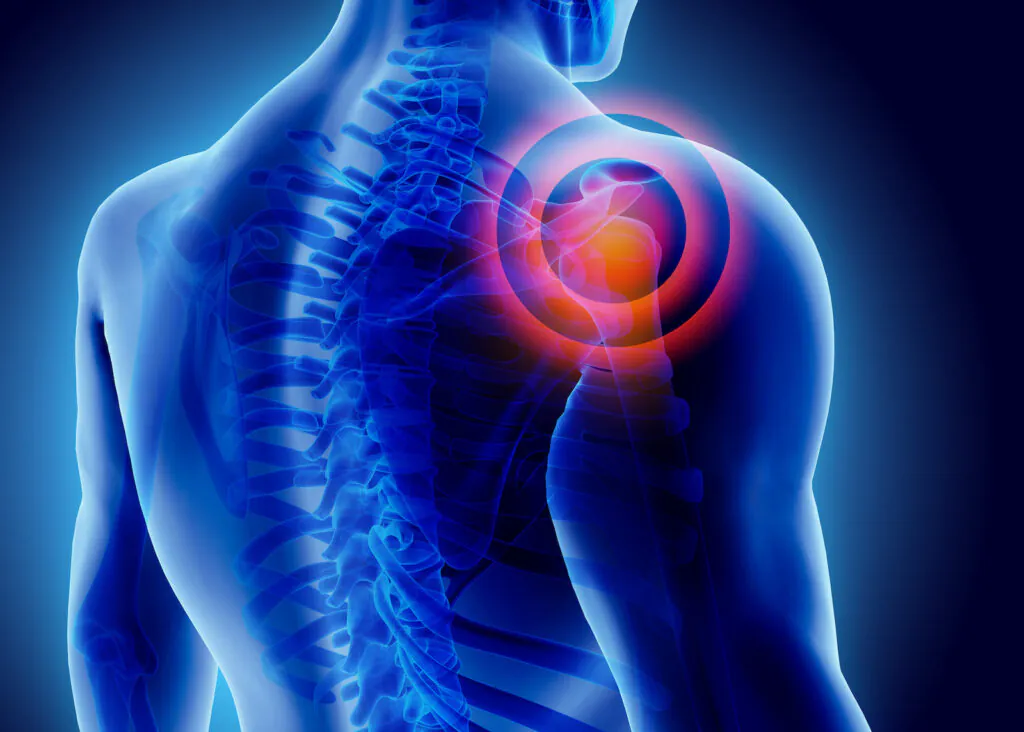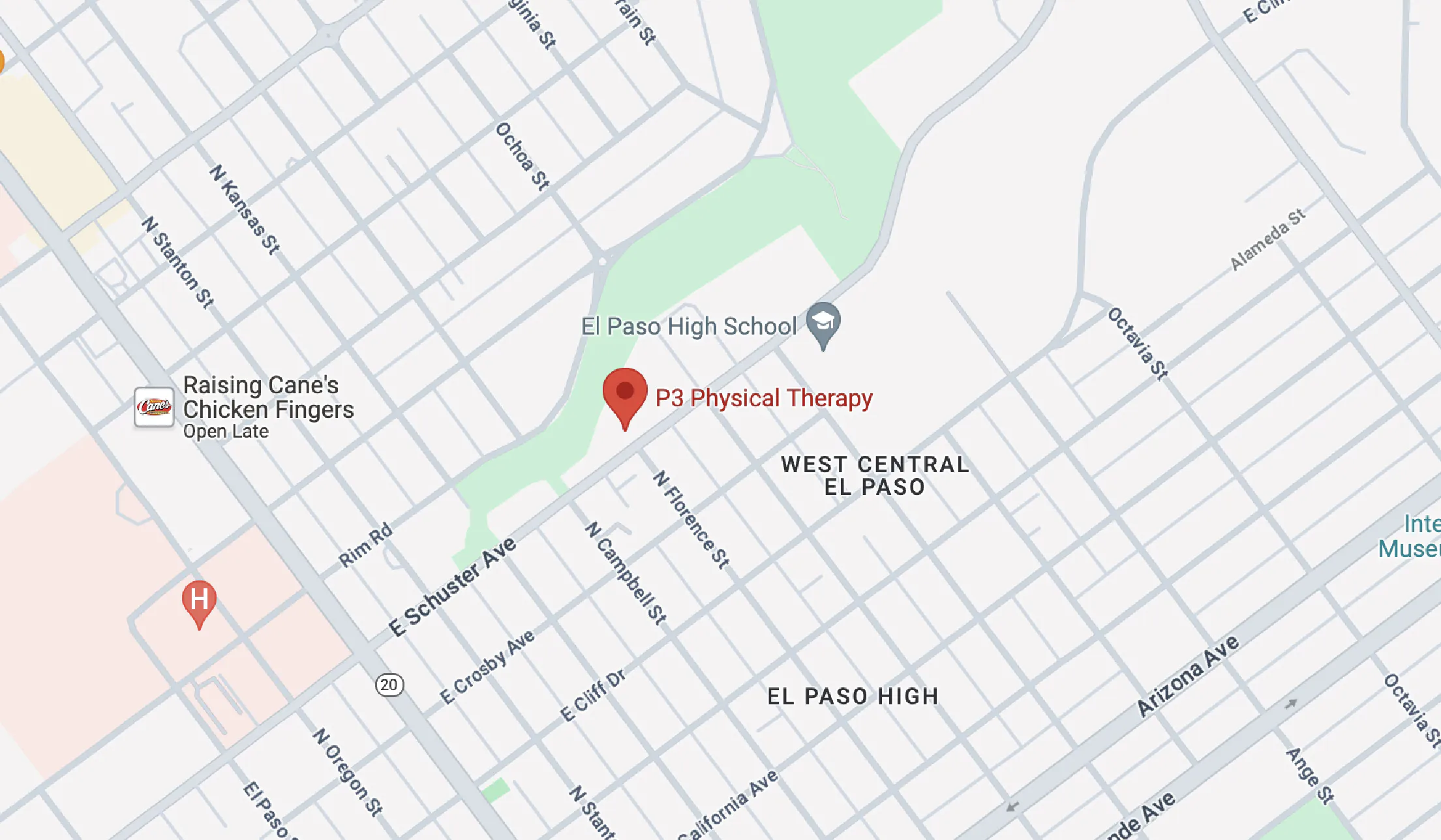
Consider the intricate body mechanics needed to pitch a baseball at 100.9 miles per hour—Nolan Ryan’s record. Baseball may not be possible if it weren’t for the incredible range of motion allowed by the glenohumeral, acromioclavicular, sternoclavicular, and scapulothoracic joint—known collectively as the shoulder. Swimming, playing basketball, and reaching up into the cupboard for your favorite coffee mug would also be a lot harder without this magnificent collection of joints, muscles, tendons, and ligaments. So if you’re experiencing shoulder pain, here are a couple of key factors to consider.
The Prevalence of Shoulder Injuries — How Common Is it?
Injuries to this joint are very prevalent in both young athletes and older folks. They are common in people who are not throwing baseballs at 100 miles per hour but may have adopted bad posture, developed bad form in their sport, lacked proper shoulder strengthening exercises, led a sedentary lifestyle, or suffered an accident or fall.
Shoulder injuries affect about 18% to 26% of adults. Among middle-aged women (ages 45-65) for example, the prevalence of shoulder pain was about 18.6% to 27.6%. So it is not just young athletes or the elderly that see these types of injuries.
Common Causes of Shoulder Pain
It can be difficult to diagnose precisely where shoulder pain is originating from in the joint. Imaging such as MRI is useful in determining if the problem is within the muscles, tendons, or ligaments.
Here are common injuries we treat in the clinical setting and seen among the general population:
Rotator Cuff Injury
Perhaps more common than any other injury is the rotator cuff injury. Of course, this is more complicated than it sounds. The rotator cuff is composed of four muscles; the problem can often be originating in one muscle or tendon of the rotator cuff. The four involved muscles are infraspinatus, supraspinatus, subscapularis, and teres minor.
It’s not always easy to pinpoint precisely where the pain is. To properly diagnose, your physical therapist will have you perform several tests in order to get a better idea of where exactly the pain is happening and what motions it is affecting. Many people with rotator cuff injuries might be suffering from tendonitis or—with more severe injuries— rotator cuff tears.
Shoulder Impingement
Another common cause of pain is the impingement of one of the rotator cuff muscles. Impingement happens when one of the rotator cuff muscles mentioned above gets caught on the coracoacromial arch of the shoulder. This condition emerges when the tendon or muscle is inflamed or swollen and thus causes the pinching feeling and pain with overhead or reaching movements.
The SLAP Tear
This is a tear to the cartilage that surrounds your shoulder socket. This injury develops over time with repetitive movement or fast jerky movements, such as throwing a baseball. A SLAP tear may produce clicking, grinding, or locking of the joint. Other symptoms include pain with certain movements, particularly overhead positions, reduced range of motion, and shoulder weakness.
How Can Physical Therapy Help My Shoulder Heal?
People who experience shoulder pain are eager to find ways to improve their conditions, as shoulder pathologies can present severe disruptions to normal day-to-day activities or sports participation. Physical therapy can be successful in treating these injuries in a conservative and non-surgical way. Here’s what treatment might look like:
Step 1: The first thing your physical therapist might do is determine the source of your pain or the cause of the injury. If it wasn’t an acute injury, they will help you find what daily activity or factor may have contributed to your injury and advise you on how to alter this or modify it to prevent further damage.
Step 2: Your physical therapist will determine a custom and individualized plan of action to deal with your pain. This stage includes using effective physical therapy therapeutics including cold therapy, heat therapy, hands-on therapy, stretching, and exercise programming. Exercises are geared towards getting your shoulder to regain mobility and range of motion while strengthening and stabilizing the muscles.
How Poor Posture May Be Aggravating Your Shoulder Pain
You may have deeply buried memories of your mother or school teacher constantly telling you to sit up straight or correct your posture. With so much of our lives spent in front of the screen, sitting down at a desk, these good habits from our childhood may have slowly degraded and left us slumped forward, shoulders rolled anteriorly, and with weak and underused scapular muscles and traps.
There is a correlation between poor posture and shoulder pain. Reminding yourself to adopt a good posture and to correct bad habits can also help you regain some strength and repair some damage.
Regain Mobility and Range of Motion, Find the Right Physical Therapist for Your Shoulder Pain
So maybe your goal is not to throw a baseball at 100 miles per hour, but whether it is playing with your kids, going to the gym, or playing your favorite sports, a shoulder injury can disrupt your daily activities and put a damper on your parade. So if you have suffered an injury to your shoulder or are experiencing pain, contact us today and find out how physical therapy can help you.
Ready to get rid of your shoulder pain? Call P3 Physical Therapy and learn more about the work we do.


